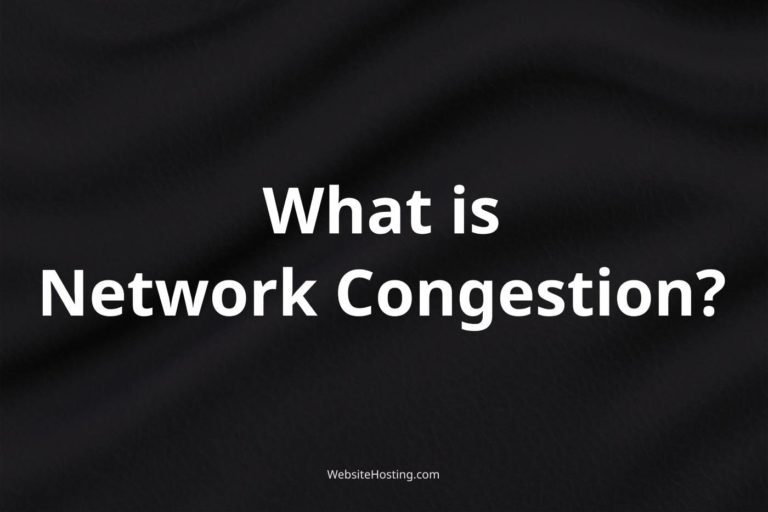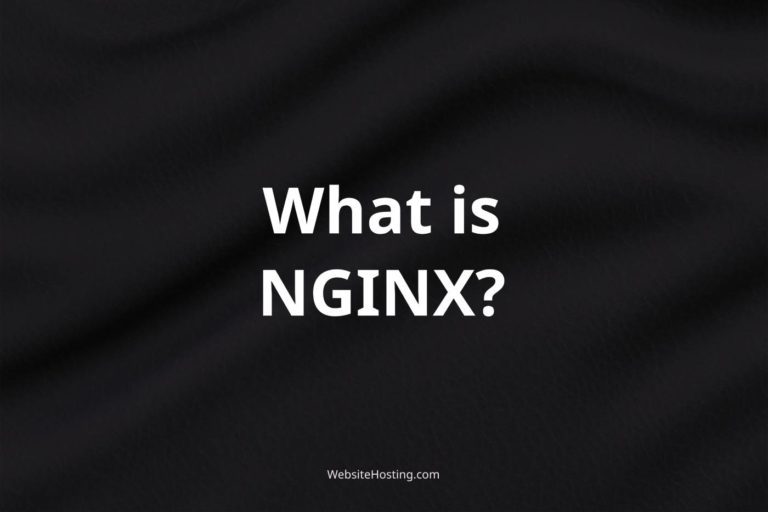A subnet, or subnetwork, is a logical subdivision of an IP network that enables devices to communicate with each other as if they were on the same physical network, even if they are located on different physical networks. Subnets are commonly used in web hosting to improve network security, efficiency, and scalability. They allow network administrators to group devices based on their function, location, or security requirements, and assign them to different subnets with unique IP addresses.
How does a Subnet work?
In web hosting, a subnetworks by dividing a larger IP network into smaller subnetworks, each with its own unique IP address range and subnet mask. Each device on the network is assigned an IP address that corresponds to the subnet it belongs to. Devices within the same subnet can communicate with each other directly, but devices in different subnets must go through a router or a Layer 3 switch to communicate.
What are the benefits of using a Subnet?
There are several benefits of using a subnet in web hosting, including improved network security, better network performance, simplified network management, and enhanced scalability. Subnets can help isolate sensitive data or critical applications from other devices on the network, prevent unauthorized access or attacks, and reduce the risk of network congestion or broadcast storms. Subnets can also simplify network management by reducing the need for physical cabling, switches, and routers, and allow for more flexible network configuration and expansion.
How to create a Subnet?
To create a subnet in web hosting, you will need to determine the IP address range and subnet mask that corresponds to the desired subnet. You will also need to configure the network switch or router that connects to the physical network to support the subnet. This involves creating the subnet, assigning devices to the subnet, configuring the subnet mask, and setting up the subnet routing. The exact steps and procedures may vary depending on the specific network equipment and software used. It is recommended to consult with a network administrator or a web hosting provider for assistance.
Related terms:
IP address
Network address
Subnet mask
Network segmentation
Router
Layer 3 switch
VLAN
CIDR
ARP
DHCP
Notable brands:
Cisco
Juniper Networks
Arista Networks
HPE
Dell EMC
Frequently Asked Questions:
What is a subnet in web hosting?
A subnet is a logical subdivision of an IP network that enables devices to communicate with each other as if they were on the same physical network, even if they are located on different physical networks.
How does a subnetwork in web hosting?
In web hosting, a subnetworks by dividing a larger IP network into smaller subnetworks, each with its own unique IP address range and subnet mask.
What are the benefits of using a subnet in web hosting?
Subnets can improve network security, better network performance, simplify network management, and enhance scalability in web hosting.
How do I create a subnet in web hosting?
To create a subnet in web hosting, you will need to determine the IP address range and subnet mask that corresponds to the desired subnet. You will also need to configure the network switch or router that connects to the physical network to support the subnet.
Can subnets improve network security in web hosting?
Yes, subnets can improve network security in web hosting by isolating sensitive data or critical applications from other devices on the network, preventing unauthorized access or attacks, and reducing the risk of network congestion or broadcast storms.
How many subnets can I create in web hosting?
The number of subnets you can create in web hosting depends on the size of the IP network and the subnet mask used. In general, you can create up to 2^(32-n) subnets, where n is the number of bits used for the subnet mask.
What is a subnet mask in web hosting?
A subnet mask is a 32-bit number that is used to divide an IP network into smaller subnetworks. It determines the network portion and the host portion of an IP address.
What is CIDR notation in web hosting?
CIDR notation is a compact representation of an IP address and subnet mask. It is used to specify the size of a network and the number of subnets it contains.
What is DHCP in web hosting?
DHCP, or Dynamic Host Configuration Protocol, is a network protocol used to automatically assign IP addresses and other network parameters to devices on a network.
What is ARP in web hosting?
ARP, or Address Resolution Protocol, is a network protocol used to map an IP address to a physical address, such as a MAC address, on a local network. ARP is used to facilitate communication between devices on the same subnet.




